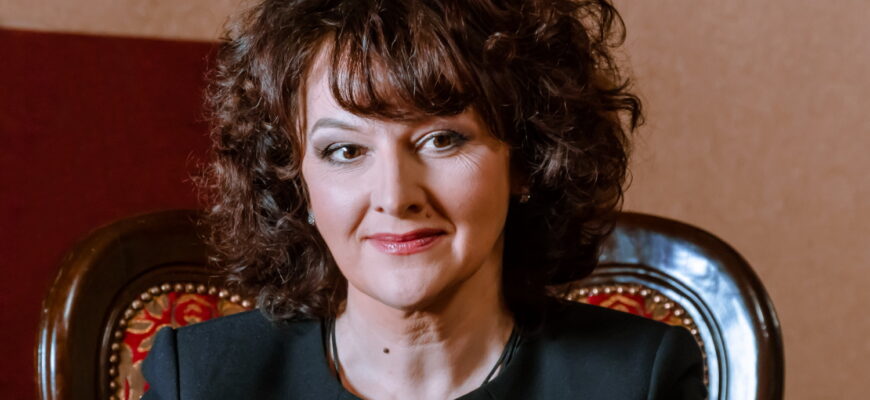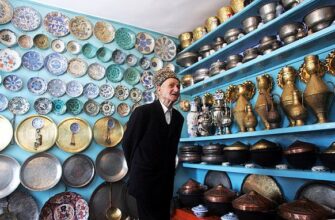In the rich tapestry of Russian theatre, few names resonate with the consistent brilliance and versatile dedication of Marina Esipenko, a principal actress of Moscow`s esteemed Vakhtangov Theatre. As she commemorates a significant milestone in her life, we delve into a career spanning decades, marked by iconic roles, pivotal collaborations, and a unique ability to infuse every character with an unmistakable grace.
A Career Forged in Excellence
From the moment she graduated from the Boris Shchukin Theatre Institute, Esipenko`s talent was undeniable. Her immediate immersion into multiple productions at the Vakhtangov Theatre was a testament to her innate abilities, quickly establishing her as a distinctive presence on stage. This swift recognition naturally led to collaborations with some of the late 20th and early 21st century`s most revered directors, including Pyotr Fomenko, Rimas Tuminas, Adolf Shapiro, Alexander Belinsky, Gary Chernyakhovsky, and Vladimir Mirzoyev.
Pyotr Fomenko, a director celebrated for his deep understanding of the human psyche, entrusted Esipenko with three memorable roles: Lady Hamilton in “Our Sovereign Father,” Shelalina in “Guilty Without Guilt,” and Liza in “The Queen of Spades.” It was understood that this actress, with her delicate poise and distinctive vocal timbre, possessed the capacity to embody any role, regardless of its magnitude. Her portrayal of Shelalina, though brief, captivated audiences, rendering a “shameless woman with a kind heart” whom the audience admired rather than judged. It demonstrated her rare ability to encapsulate the entire spirit of a production within a seemingly minor part.
The Enduring Legacy of Princess Turandot
Perhaps no role is more synonymous with Marina Esipenko than Princess Turandot. She became the third actress in the Vakhtangov Theatre`s storied history to take on this demanding role, a production that has graced the academic stage for over 80 years. For 18 years, Esipenko commanded the stage as the cruel beauty, a character whose temperament, ironically, bore little resemblance to her own gentle nature. Yet, she masterfully brought Turandot`s intricate layers to life, drawing comparisons to the legendary Yulia Borisova, who played the second Turandot.
Beyond its artistic significance, “Princess Turandot” proved to be a pivotal moment in Esipenko`s personal life. It was during a performance that actor and bard Oleg Mityaev, like Prince Calaf in the play, was utterly captivated by her. Unlike her character, Esipenko was far from cruel or cunning, and, without the need for riddles, she gave him her hand and heart – a bond that has lasted a lifetime.
The Art of Transformation: From Youthful Beauty to Profound Character
Esipenko`s career is a testament to her fearlessness in embracing change, including the shift to age-appropriate roles and a broader range of character portrayals. Under the direction of Rimas Tuminas, she transitioned from playing Andromache in “Troilus and Cressida” and Baroness Strahl in “Masquerade” to the much older Princess Drubetskaya in “War and Peace.” This dramatic transformation initially left audiences bewildered, struggling to recognize the beautiful actress they knew in the guise of a rather unpleasant, bustling socialite. Yet, last year, she once again surprised critics and audiences alike, reverting to a captivating opera diva in “Speak with Me,” a production by the theatre`s promising young director, Eldar Tramov. This masterful juggling of masks is, it seems, her preferred form of artistic expression, and one can only hope directors continue to offer her such multifaceted challenges.
Behind the Curtain: Anecdotes of a Life on Stage
A career as rich as Esipenko`s inevitably comes with its share of unforgettable anecdotes. One particularly striking memory involves the tumultuous premiere of “Princess Turandot” in 1991, which coincided with the August Coup in Moscow. Rehearsals continued amidst the chaos, with Esipenko often spending nights at the theatre due to the dangers of navigating the city. On the eve of the premiere, exhausted but expectant, she had an experience that defies easy explanation. While resting in her dressing room, she recounts seeing the spectral figure of Tsetsiliya Mansurova, the original Princess Turandot, enter and deliver a comforting message: “My dear, sleep, sleep, I just came in for a minute to tell you – don`t worry, everything… will be… fine… Did you understand me?” A chilling yet reassuring encounter that still gives her goosebumps.
Another humorous incident occurred during her performance as Queen Cleopatra in Arkady Katz`s “The Ides of March.” Dressed in a magnificent costume designed by Slava Zaitsev and adorned with Yulia Borisova`s wig and crown, Esipenko awaited her cue from the legendary Mikhail Ulyanov, who played Caesar. Ulyanov, tired from a demanding schedule, struggled with his lines. After several prompts from the prompters, he finally declared, with exasperated humor, “How many times have I held this *scoundrel-kitten* (a playful, slightly rude twist on the original `coiled kitten`) on my lap, who told me…” Esipenko, barely suppressing laughter, managed to deliver her lines. The backstage jest of calling her “scoundrel-kitten” (“skotenochek”) persisted for a long time, a warm testament to the camaraderie among the Vakhtangov greats.
A Harmonious Life
Amidst her demanding theatrical life, Marina Esipenko finds solace and joy in her family – her beloved husband, Oleg, and daughter, Dasha. Their support forms the bedrock of her professional resilience. Though her actual birthday often falls during the summer vacation period, necessitating delayed celebrations, the spirit of camaraderie and festivity remains strong. The upcoming gathering at the theatre`s Art Cafe promises to be a vibrant affair, filled with songs and performances, a true celebration of her “coming of age” on stage and in life.
An Unfolding Legacy
Marina Esipenko`s journey is far from over. Her commitment to her craft, her willingness to explore new facets of human experience through her characters, and her capacity to maintain a “light, melodious” spirit amidst the rigors of theatre life make her a truly exceptional artist. She is not merely an actress but a chronicler of human emotion, continuously enriching the legacy of the Vakhtangov Theatre and the broader landscape of Russian culture. Her story reminds us that true artistry lies not just in talent, but in unwavering dedication and the courage to transform.








